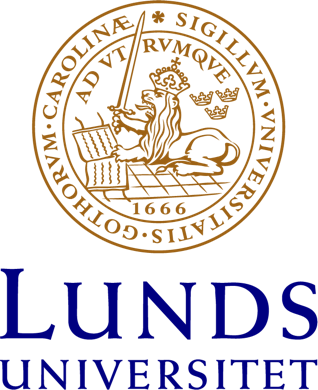Dual function of the tRNA(m(5)U54)methyltransferase in tRNA maturation
A 5-methyluridine (m(5)U) residue at position 54 is a conserved feature of bacterial and eukaryotic tRNAs. The methylation of U54 is catalyzed by the tRNA(m5U54)methyltransferase, which in Saccharomyces cerevisiae is encoded by the nonessential TRM2 gene. In this study, we identified four different strains with mutant forms of tRNA(Ser)CGA. The absence of the TRM2 gene in these strains decreased t
